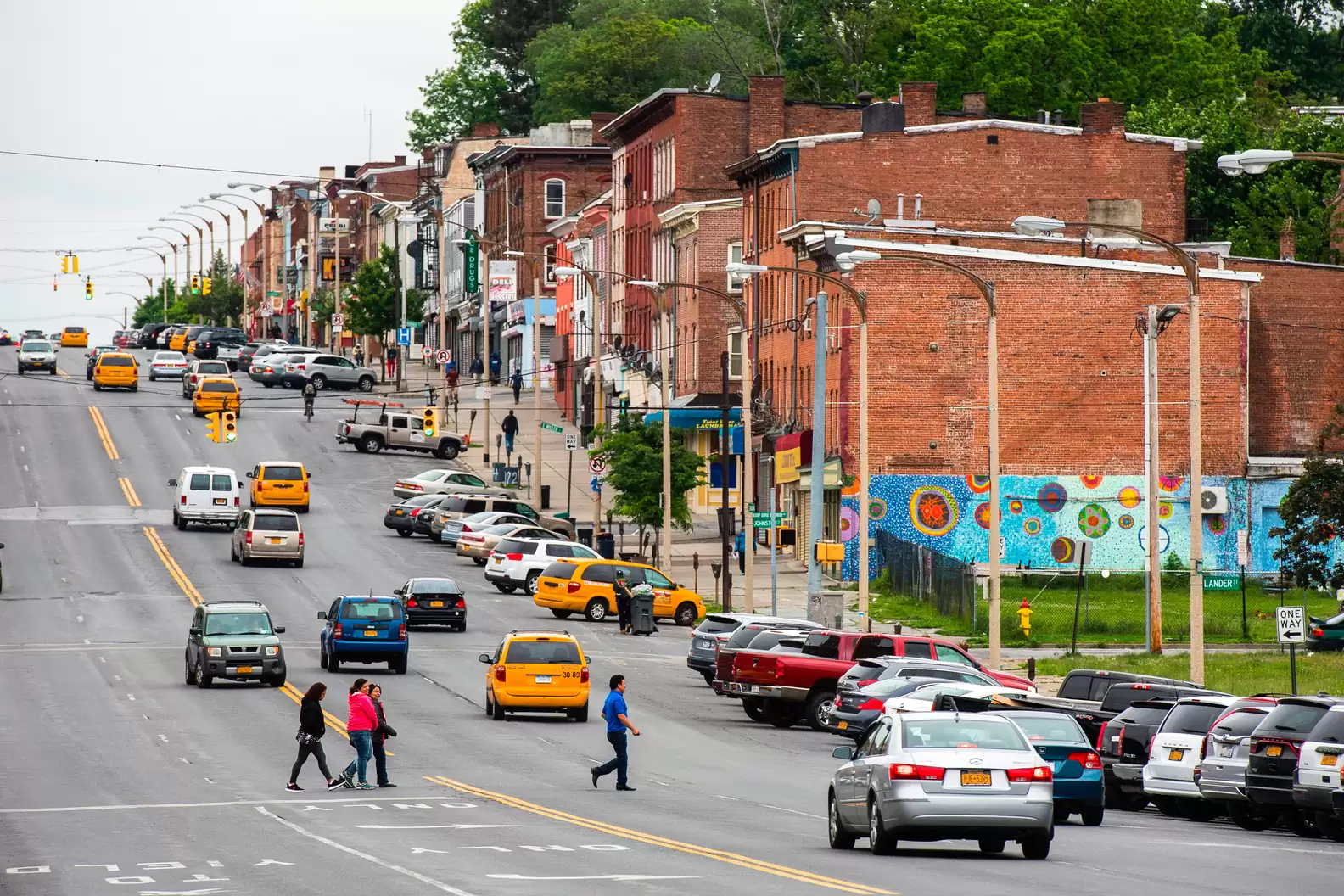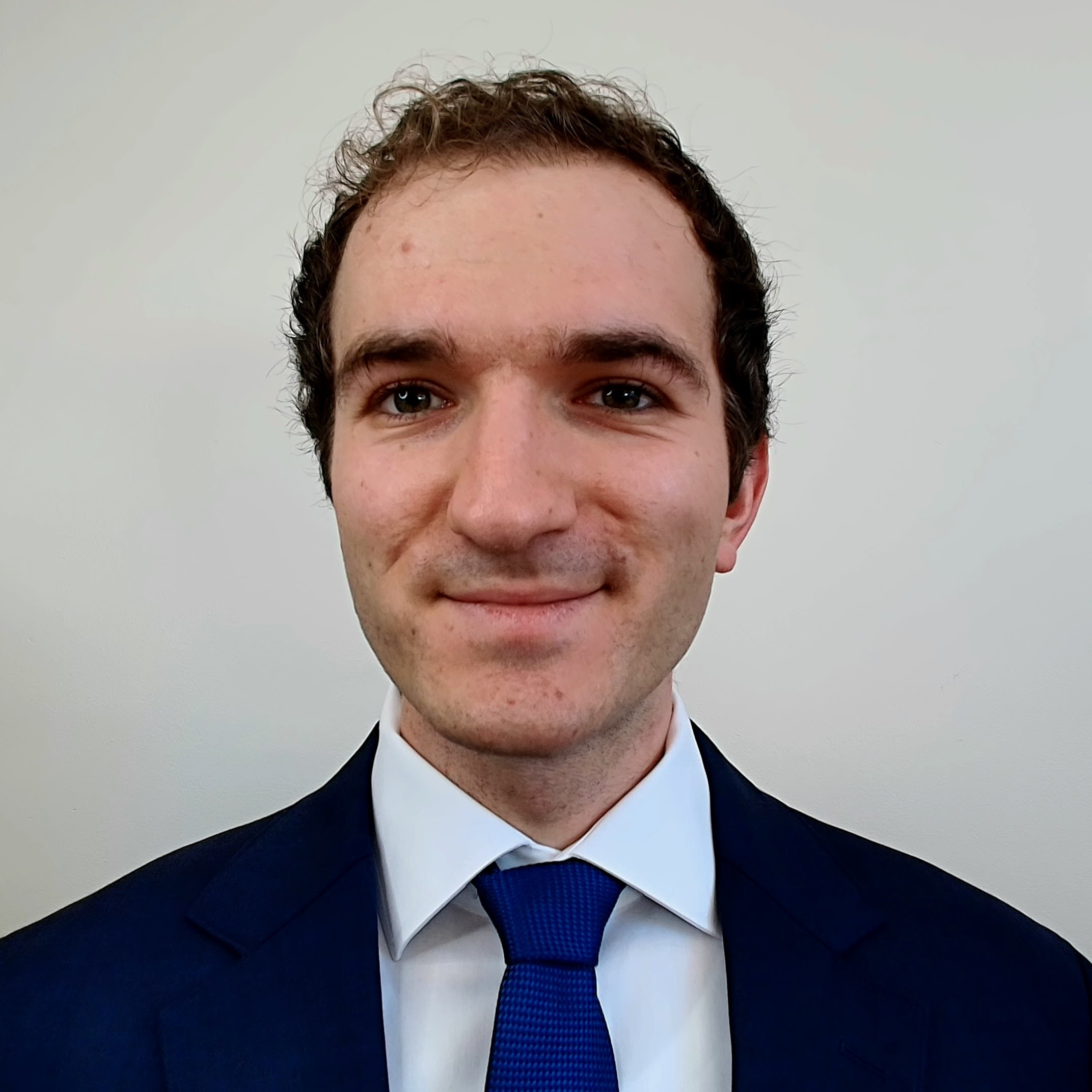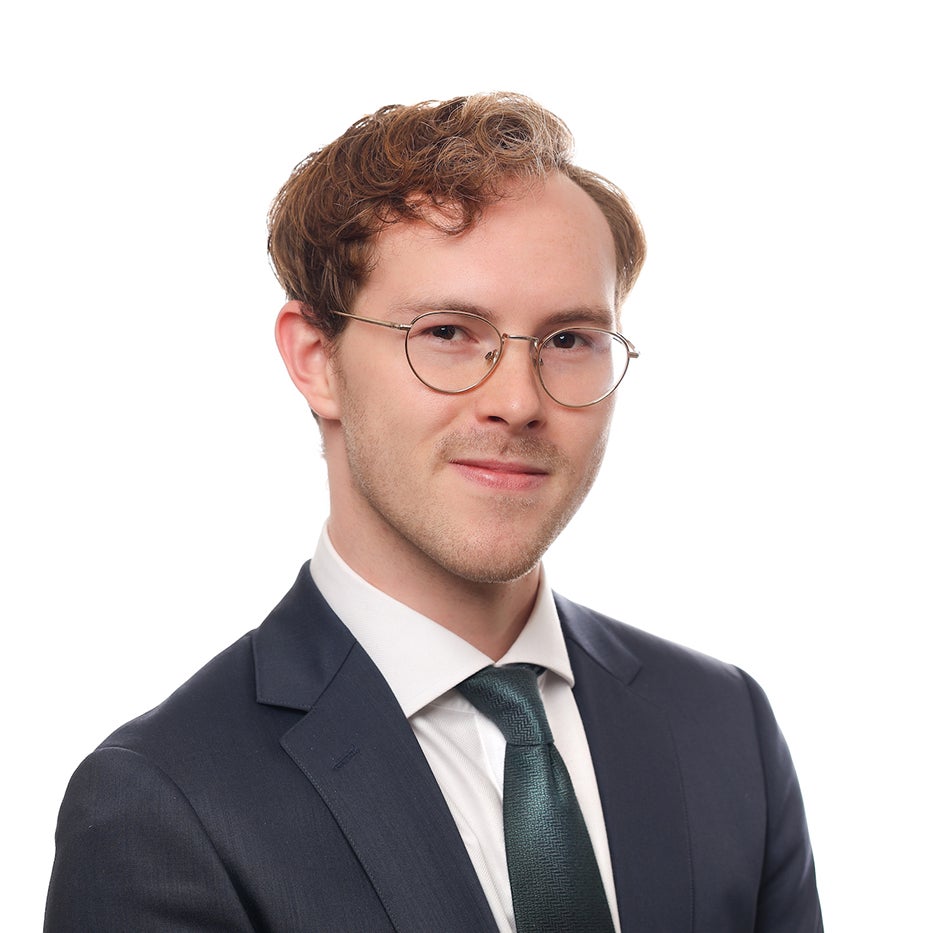Students from Harvard Law School’s Election Law Clinic traveled to Albany in October to see the culmination of months of preparation as their professor argued a case with statewide implications before the New York Court of Appeals. The case, Clarke v. Town of Newburgh, challenged the town’s at-large voting system under the New York Voting Rights Act (NYVRA)—but the constitutional validity of that state law itself hung in the balance.
Levi Moneyhun ’26 and Andy Hatem ’27 entered the case at the appellate stage, after a trial judge struck down the NYVRA as unconstitutional. As part of the Clinic’s representation of minority voters from Newburgh, New York, their preparation for oral argument and attendance at the proceeding offers a glimpse into the Clinic’s high-stakes litigation and nationwide impact.

Photo: Courtesy of Veniece Miller
What’s at stake in Newburgh
Clarke v. Town of Newburgh centers on a town where demographics and political representation tell two very different stories. Despite significant Black and Hispanic populations, the town board has remained uniformly white. The reason, according to the plaintiffs, lies in Newburgh’s at-large voting system.
“Right now, because the town board is elected at-large, you can have a demographic that makes up 25% of the population but will always be the minority in town counsel contests and end up with no representation whatsoever on the town board,” Hatem explains. In at-large elections, every board member is chosen by all voters across the entire town. Where voting patterns fall along racial lines and one group forms the majority, that majority can often end up electing every single representative, leaving minority voters underrepresented.
The consequences are concrete. “This is a town where, to our knowledge, despite a substantial Hispanic population, no Hispanic candidate has ever been elected on the town board,” Hatem says. The town employs few Spanish-speaking staff, creating barriers for Spanish-speaking residents. When the Ku Klux Klan marched nearby, the town’s response was muted. “The town of Newburgh did not take much action in response,” Hatem recounts. “When something like that happens, we certainly could hope to see a more forceful response by the town, because that really does implicate the interests of a lot of people who are residents and constituents, who deserve to have their voices heard and represented.”

Photo: Don Emmert, Getty Images
The legal architecture of the case involves an uncommon twist. Private citizens sued the town under the New York Voting Rights Act—but instead of defending its voting system, the town attacked the state law itself as unconstitutional.
“This is a particularly interesting case because it really does involve the law of all three levels of government,” Moneyhun explains. “We have private plaintiffs suing a municipal entity under a state law, and then the municipal entity is challenging that state law as being unconstitutional under the Federal Equal Protection Clause.”
This creates a threshold question: can a town challenge state law at all? “Municipal entities are just creatures of the state,” Moneyhun notes. “They’re created by the state, and they can be dissolved by the state.” Under traditional doctrine, municipalities lack such power. The town claims the dilemma exception applies, but only if “complying with the statute would likely force the town to take unconstitutional action,” Moneyhun says.
This leads to the deeper question: will complying with the NYVRA force municipalities to violate the Equal Protection Clause? The trial court said yes, striking down the entire law. “By the logic of that ruling, you could say that any statute that aims to remedy racial discrimination is unconstitutional because it considers race,” Hatem says.
The Clinic’s position, according to Hatem, is that the reasoning is flawed: “We think, on the merits, that’s incorrect. We also think, because the town has not been ordered to implement any remedy, the town cannot challenge the statute.”
If the Court of Appeals agrees on the threshold issue, it could avoid the constitutional debate entirely. If it reaches the merits, its ruling will bind every municipality in New York.
Preparing for high-stakes oral argument


When Moneyhun and Hatem joined the case, briefing at the Court of Appeals had concluded. Their work focused entirely on preparing Professor Nick Stephanopoulos, Director of Strategy at the Clinic, for oral argument. Alongside partner counsel and outside attorneys, they explored every possible angle of the case to run through moot arguments with Stephanopoulos.
“One part of the questioning is getting as many perspectives as possible, so that any question that might come up at oral arguments has been asked already, ideally asked two or three different ways, maybe in a friendly way, maybe in a more skeptical way,” explains Hatem. “We really worked through those answers, so we have every answer prepared and thought through, and not developed on the fly.”
The complexity of the legal issues made this preparation essential, according to Moneyhun. “There are a lot of interlocking doctrines going on here,” he says. “It’s not just finding the answer, but finding a way that you can get to that answer very quickly in a way that will make sense to every judge on the panel.”
The Election Law Clinic worked alongside Abrams Fensterman, a New York law firm that filed the original case. The question of whether municipalities can challenge state laws came primarily from the firm’s local government practice. “There was a real synergy between our expertise in election law and their expertise in New York state law,” says Moneyhun.
Hatem found value in perspectives from practicing attorneys. “When you have co-counsel or partners who litigate these cases in New York every day, they help identify some very practical concerns,” he says. The four moot courts, he adds, “gave us four different looks at the same case, and I definitely learned something new from each one.”
Inside the Court of Appeals
The students sat through multiple oral arguments on the day their case was heard—theirs was the final case of the day, so the students had hours to soak up the experience of being in New York’s highest court.
“The New York Court of Appeals is a beautiful building,” Moneyhun says. “We got to hear oral arguments in several other cases that were being heard that day as well, which was interesting to see. Usually in law school, you’re only thinking about the legal issues that are in national news or that are coming up in your classes, but that represents a pretty small cross section of what’s ultimately going on in the country.”

Photo: Courtesy of Veniece Miller
Hatem notes the particular character of state-level appellate litigation. “At the state level, you have a lot of issues with very concrete impacts on people’s lives.” The challenge, he says, is “ultimately, trying to arrive at a resolution that applies the law correctly, makes sense, and is workable for the state, which needs to enforce all these laws in a practical way.”
Once Stephanopoulos began presenting the plaintiffs’ argument, the judges’ questioning validated the Clinic’s preparation. “It was really cool to see the judges on the New York Court of Appeals asking a lot of the same questions that we had been asking, to see them pressing on the same points that we had identified as the key areas of contention between us and the town of Newburgh,” recalls Moneyhun.
If the NYVRA survives this constitutional challenge, the case would return for trial to determine an appropriate remedy. It would be the first case where a remedy has been granted under the New York Voting Rights Act, “so it’s a bit of uncharted territory to see exactly how courts will decide which remedies to impose,” says Moneyhun.
He suggests potential remedies changing the town’s electoral structures: “Switching from an at-large districting system that systemically disenfranchises minority voters in a given municipality to a geographically districted system, or a proportional ranked choice voting system that allows them to have a say in governance that is proportional to their makeup in the community, would do a lot to advance their substantive interests.”
The lessons of experiential learning
Both students contrast clinical experience with traditional law school pedagogy. “The law school case method will tend to use specific cases as an instrument to get at one particular legal issue,” Moneyhun says. “But the thing about actual litigation is that it invariably raises dozens to hundreds of legal issues, and if you want to win, you need to actually understand every single one of those issues, and you need to explore every possible way you could lose to make sure that you don’t.”
The difference, he suggests, is both breadth and depth. “It requires a much more comprehensive understanding and a much deeper understanding than traditional law school coursework.”
Hatem, too, points to the messiness that precedes judicial resolution. “In these cases, rather than having the issues neatly packaged and summarized, in the way a judge has synthesized them for the ruling they ultimately reached, you see the messiness before the court decides exactly which way it’s going to rule and on what grounds it’s going to rule,” he says.
The goal is finding solutions that work for actual people that go beyond black and white, Hatem says: “People are three dimensional and have a lot of different concerns and interests, and especially once you get beyond a law school casebook, you have to take into account all those concerns and all those interests.”
“Seeing how some of the doctrines we learned play out in the real world helped me appreciate my other courses,” Hatem says, describing how “all these doctrines you learn at a very abstract level in the classroom suddenly becomes very real when you have a couple of parties at the Court of Appeals trying to resolve a matter years in the making.”
The case now awaits a decision, but the litigation may not end there. “Counsel for the town of Newburgh has indicated an intent to appeal an adverse decision up to the Supreme Court of the United States,” Moneyhun says. If that happens, he adds, “the Clinic will be involved in briefing the opposition to that petition for certiorari, and also involved in opposing a stay pending that petition.”
For now, the students have returned to Cambridge to continue a semester of voting rights work in the Clinic, having participated in litigation that could determine not just Newburgh’s electoral future, but the viability of voting rights enforcement across New York State.
On November 20, 2025, the New York Court of Appeals unanimously held that the Town of Newburgh lacks the legal capacity to facially challenge the NYVRA, affirming the decision of the Appellate Division and securing a victory for the Election Law Clinic’s clients. Read the press release here.
Filed in: Clinical Spotlight, Legal & Policy Work